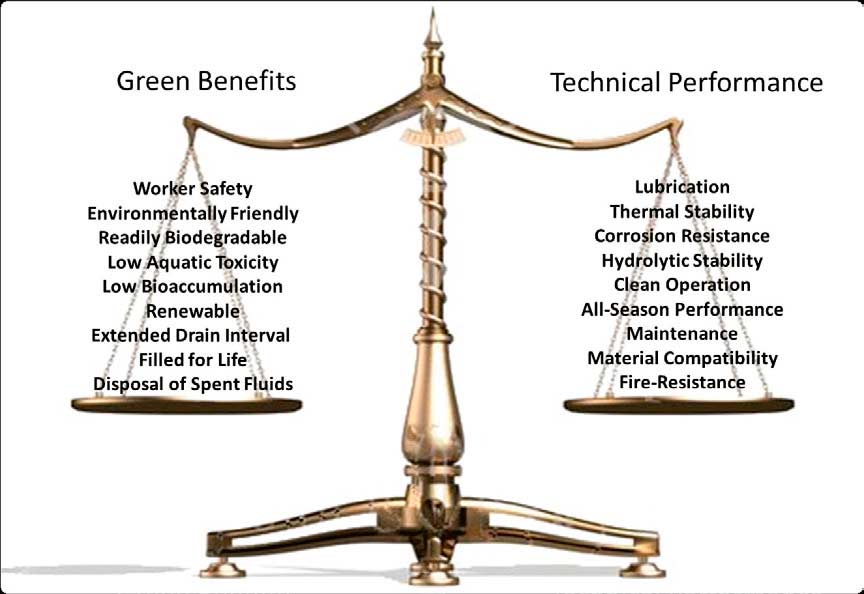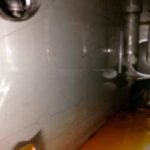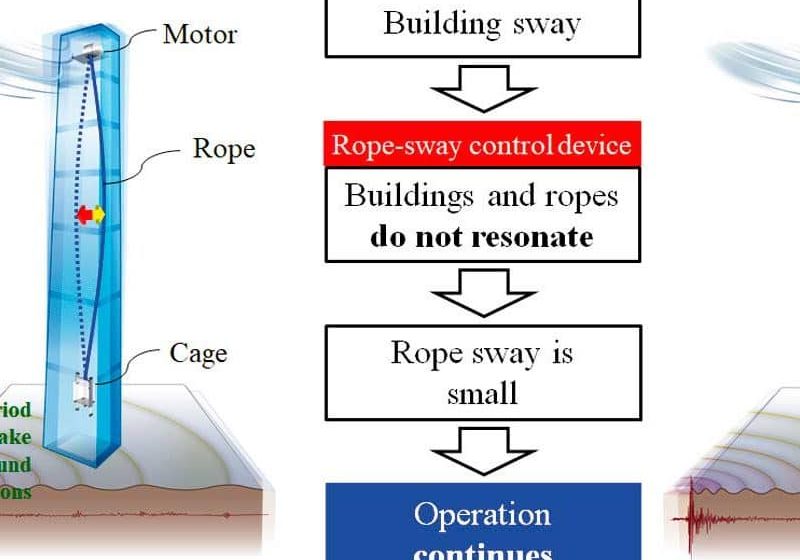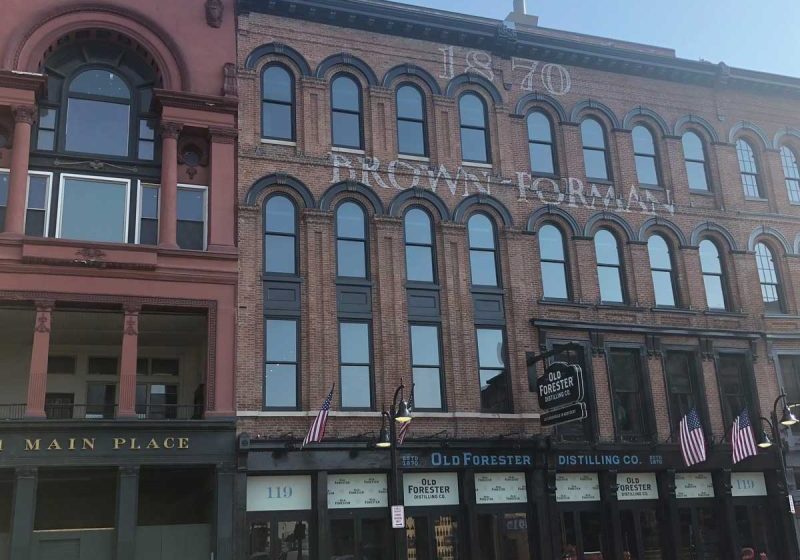The Ups And Downs Of Fire- Resistant Hydraulic Fluids
Apr 1, 2019

Fluid power is the preferred choice by industry to perform work, due to its smaller size, higher energy efficiency and ease of adjustment. These advantages are lost if an incident occurs in which the hydraulic fluid, under pressure, is sprayed in the presence of an ignition source resulting in a fire, harm to workers or the environment.
Petroleum oils are the most commonly used hydraulic fluid, but some applications demand a higher degree of fire-resistance. In these situations, fire-resistant fluids are used. However, fire- resistant fluids are not completely fireproof; most organic materials will burn under the right conditions. From the viewpoint of insurance underwriters, labor organizations, government regulations and the fluid power industry itself, loss prevention can be achieved with fire-resistant hydraulic fluids.
Polyalkylene glycols (PAGs), which have been meeting these fire-resistant requirements for the past 25+ years, represent the newest fluid chemistry to enter this market.
Fire-Resistant Hydraulic Fluids and FM Approvals
Fire-resistant testing and approval are governed by FM Global and in the European Union via ISO 12922. The FM Approvals certification mark is intended to verify that the products tested will meet stated conditions of performance, safety and quality useful to the ends of property conservation. Fluids submitted for certification shall demonstrate that they meet the intent of the approval standard, and that quality control in manufacturing shall ensure a consistently uniform and reliable product. Continuance of approval and listing depends on compliance with the approval agreement, satisfactory performance in the field, on successful reexaminations of equipment, materials and services as appropriate, and on periodic follow-up audits of the manufacturing facility.
It is a general agreement that there is more risk associated with combustion than just fluid flammability. Fires generate two products in an uncontrolled fashion: heat and chemical compounds. The most often ignored issue is the potential toxicity of fluid combustion byproducts that may be formed. That is why both testing bodies state the following:
From FM:
“This standard is intended only to evaluate a fluid’s flammability under stated conditions. Environmental considerations, toxicity and the suitability for the end use of the product have not been evaluated.”
From the International Organization for Standardization (ISO):
“This international standard does not purport to address all of the safety problems associated with the use of fire-resistant fluids. It is the responsibility of users to establish appropriate safety and health practices and to determine the applicability of regulatory limitations prior to use. The fluid shall not present any significant hazard to health when correctly used in hydraulic equipment, observing the handling recommendations of the supplier.”
Potential fire resistance, environmental and toxicological properties of fluids are composition-dependent. They will be influenced by the chemical structure of the fluid and the geometry or configuration of the fluid fire. Figure 1 represents the balancing act an end-user must go through in their decision-making process to choose a fire-resistant hydraulic fluid.
Commercially Available, Non-Aqueous (Water- Free) Fire-Resistant Hydraulic Fluids
The market for non-aqueous, fire-resistant hydraulic fluids is governed by four fluid chemistries:
- Vegetable ester
- Phosphate ester
- Polyol ester
- Polyalkylene glycol
Their advantages and disadvantages can be summarized as follows.
PAGs are unique in that they represent the newest class of lubricants that not only pass stringent environmental tests, but also provide the end user with unmatched long-term performance and fire resistance.
Heat, contamination and water are the three largest contributors to hydraulic fluid degradation. Heat increases the reaction rate of chemicals; contamination can cause increased wear and increased surface area, which depletes additives, and fluid chemistry can create solid particles. Water will react with the fluid chemistry and create acid (hydrolysis). PAGs represent the only fluid chemistry that chemically cannot form sludge or varnish under normal lubricant operating conditions (<250°C). Figures 2 and 3 demonstrate this superior varnish-free operation.
PAGs are also inherently hydrolytically stable. The chemical structure of a PAG allows it to act as a polymeric sponge, so it absorbs the water, rather than reacting with it. This is in stark contrast to all the ester fluids, where the reaction results in the formation of acid.
Conclusion
Given the competitiveness of today’s global markets, equipment reliability is the difference between success and failure. Gone are the days of redundant systems, large pump rooms for maintenance and cooling, and slower cycle times to make it easier on the equipment. As these increased stresses are placed on lubricants, PAGs stand ready as the most forgiving fluid chemistry on the market.
- Figure-1
- Figure-2
- Figure-3
Get more of Elevator World. Sign up for our free e-newsletter.














